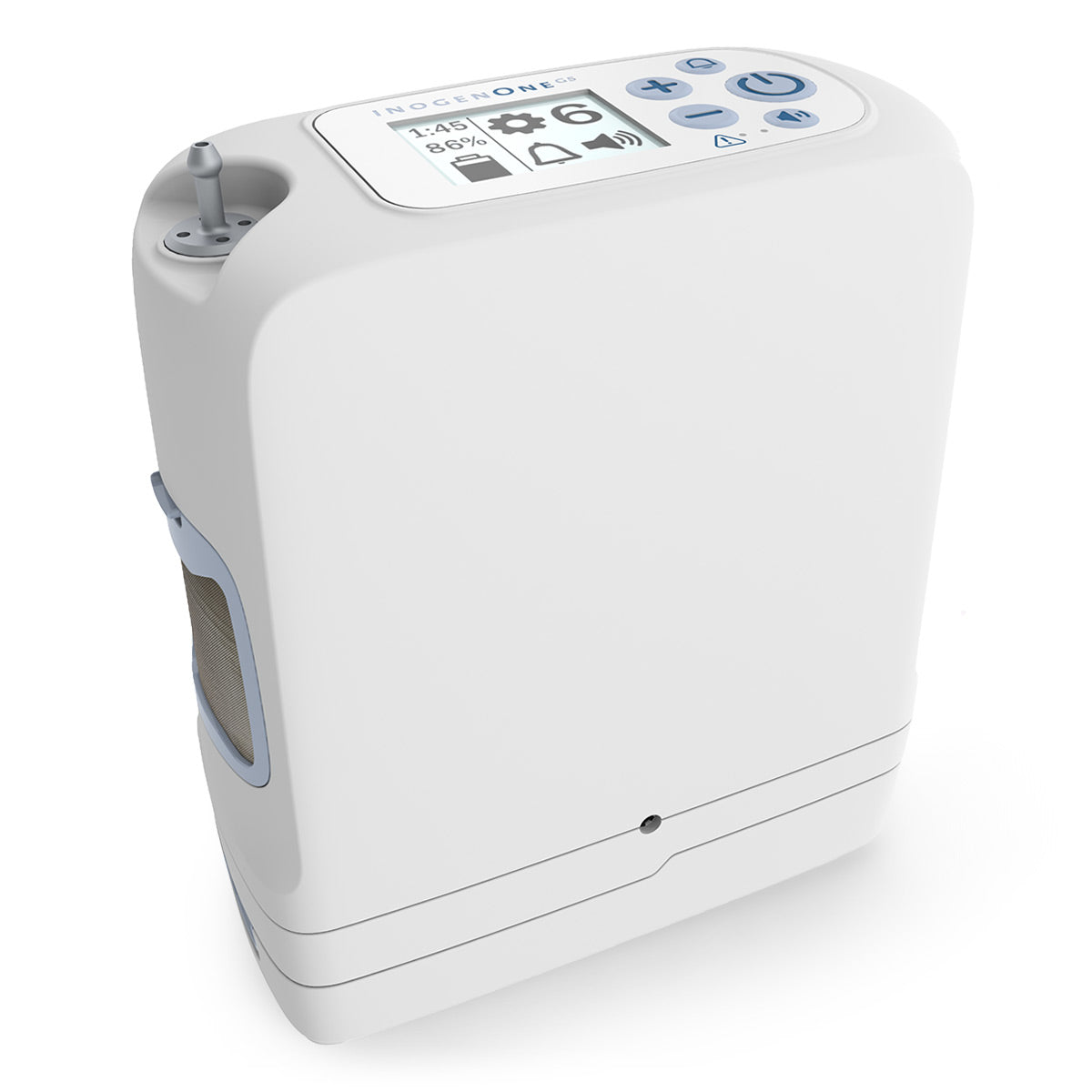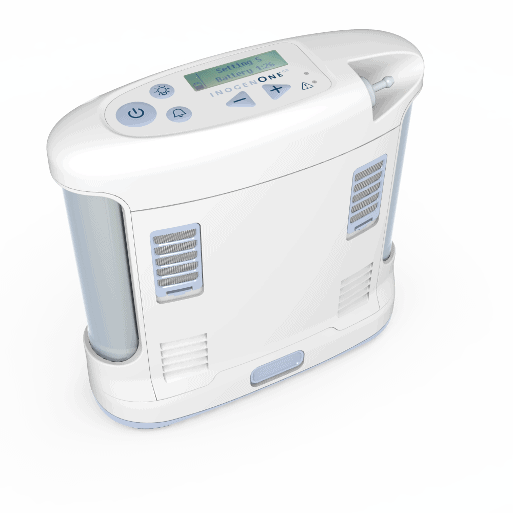What Does Portable Oxygen Concentrators Do?
Table of ContentsFascination About Portable Oxygen ConcentratorsAll about Portable Oxygen ConcentratorsAn Unbiased View of Portable Oxygen Concentrators10 Simple Techniques For Portable Oxygen Concentrators
Fixed oxygen concentrators were as soon as the standard, but these tanks could consider 50 extra pounds and were very difficult (Portable Oxygen Concentrators). Currently, portable oxygen concentrators finish the job, and they can suit a bag or handbag! The only thing you need to keep in mind is that portable concentrators have extra minimal oxygen distribution capabilitiesThere are two major kinds of portable oxygen concentrators: pulse dose and constant flow. As the name suggests, pulse dose concentrators supply oxygen periodically, only turning on when you breathe in. This kind of gadget is typically suggested for COPD individuals with restricted oxygen needs, as the amount of O2 that a pulse dose concentrator can provide is relatively low.
This tool can deliver up to 3,000 m, L of oxygen every min, while pulse dosage gadgets tend to top out at 1250 m, L. Continuous flow devices are the go-to for a lot of COPD people, as they're excellent for people who need 2 to five litres of oxygen a minute.
Now that you have this guide to the various types of mobile oxygen devices, pick the best device with the assistance of your physician.
Portable Oxygen Concentrators for Beginners
We realize Americans use domestic versions in home care circumstances. We wondered just how well these mobile oxygen concentrators would certainly function in medical facilities. POC concentrators raise the percentage of oxygen in ambient air individuals inhale, whenever they require a boost. Private-use ones are tiny enough to lug around, and might help avoid the requirement to visit busy clinics and healthcare facilities.
When it concerns mobile oxygen treatment, there are 2 primary alternatives for distribution. These are portable oxygen cylinders which include pressed oxygen gas, or oxygen concentrators, which make use of a battery powered system to press and filter air, in order to create a constant supply of focused oxygen. In this message, AMS Composite Cylinders Technical Director, Tony Morrin, contrasts both, considering the benefits and drawbacks of each oxygen distribution system for NHS medical oxygen customers in regards to client freedom.

Portable Oxygen Concentrator Oxygen pureness is consistently higher when supplied from cyndrical tubes it never ever goes down listed below 99. 6%, no matter of the circulation price required. In battery-powered concentrators, purity is affected by circulation price, and may be 90% or less, relying on the equipment. Whilst oxygen concentrators can be valuable for clients that call for a lower circulation of oxygen, cylinders provide higher focus that can be much more ideal for patients with high flow needs.
Rumored Buzz on Portable Oxygen Concentrators
Both systems require the person to carry about equipment. For cylinders, this will certainly include lugging a bag (and periodically a trolley) and for mobile oxygen concentrators this will include the bag, cart and power charger. Weight wise, portable oxygen concentrators can be equivalent in weight, or sometimes, lighter than conventional aluminium cylinder systems.
They will certainly need to enhance significantly if they are to offer the exact same degree of performance as comparable composite cylinders. Oxygen always carries a security danger. On resource one hand, need to cyndrical tubes spring a leakage, they can develop an oxygen abundant setting that can lead to an increase in fire danger.

The difference is that there are considerable ahead of time costs to buying a portable oxygen concentrator, however lower running expenses using cylinders makes it possible for the purchaser to spread out the cost over a prolonged time period. One minor disadvantage of a portable oxygen concentrator is the noise mobile systems make a substantial amount of sound during procedure, which numerous patients discover disruptive.
7 Easy Facts About Portable Oxygen Concentrators Described

Our premium carbon composite cyndrical tubes use high pressure (300 Bar), low weight, and NLL (Non-Limited Life) performance, and are accredited for usage worldwide. More information about link AMS Composite Cylinders Ltd can be found at .
Oxygen concentrators are created with user wheelchair in mind. Whether it's a desktop version for home use or a smaller, light-weight model for on-the-go, these gadgets allow individuals to move openly without being tethered to a stationary device. Specifically for the ones particularly made for mobility, people can bring them about, helping with traveling and daily tasks easily.
One of the significant conveniences of making use of an oxygen concentrator is the elimination of the constant requirement to replenish oxygen tanks. This not just lowers the logistical obstacles and recurrent costs related to refills but also makes sure that the individual has a more foreseeable and consistent source of oxygen. Oxygen concentrators are developed to fit effortlessly right into the home setting.